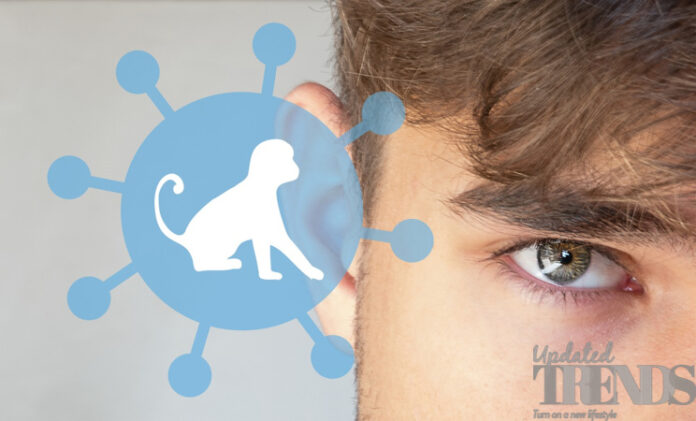The non-endemic countries are now reporting a number of cases of monkey pox. However, the health authorities have assured that the outbreak of the condition can be contained and poses a low risk to the general public. It has a low mortality rate and so far no deaths have been reported so far this year. It primarily spreads through skin contact and occasionally it can spread through respiratory droplets if sores develop inside the mouth of an infected individual. The symptoms of monkey pox are similar to flu and includes fever, headache, muscle aches, fatigue and chills. Another most notable sign of monkey pox is a rash that forms on many parts of the body and face. Here are a few measures that you can take to remain safe and protected from the disease.
- Wash your hands and clothes – Wash your hand frequently especially after going out in public. If you are recovering from monkey pox then make sure that your clothes and bed sheets are washed and cleaned thoroughly with warm water.
- Avoid any high risk situations – Avoid going to big events, festivals, enclosed spaces. While attending an event with people who are fully clothed is relatively safe, but being at places like suanas or pool parties could pose a significant risk.
- Get yourself tested – If you are worried or have any symptoms, then it is recommended to test yourself with the proper healthcare provider. There are also vaccines that are available which are said to be effective against the virus.
- Have protected sex – Monkey pox spreads through skin contact. People who have recovered from the infection can wear a condom before a sexual contact.
As of now the authorities in the United States are working towards expanding the testing capacity for the orthopoxvirus. For now testing can only happen when people have symptoms and are seeking care. There is also a possibility that many of the healthcare providers might not be aware of the signs of monkey pox.
Photo Credits:











